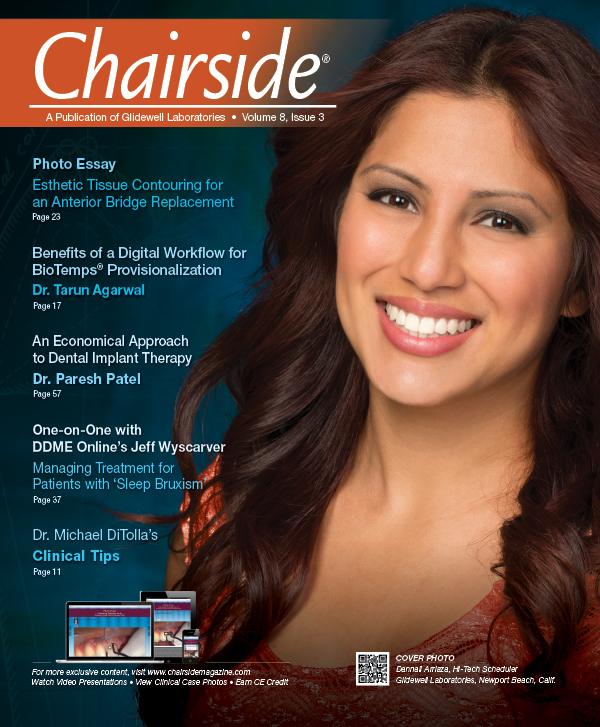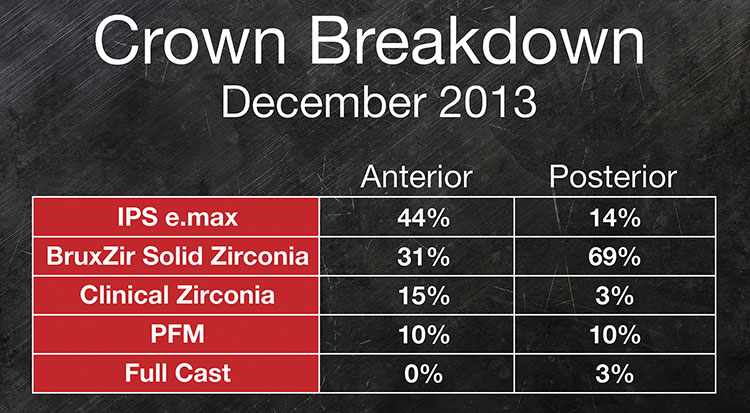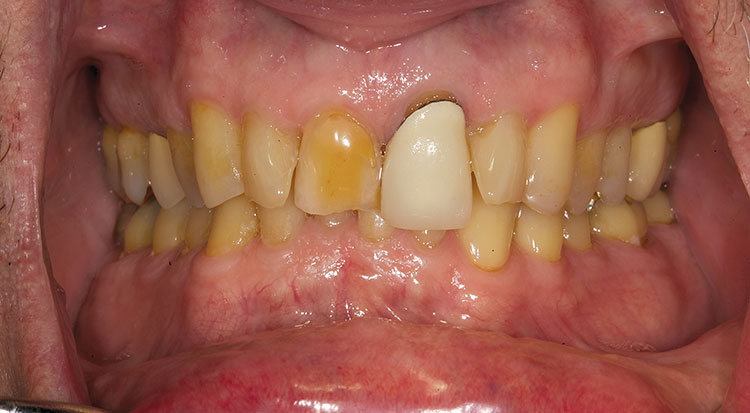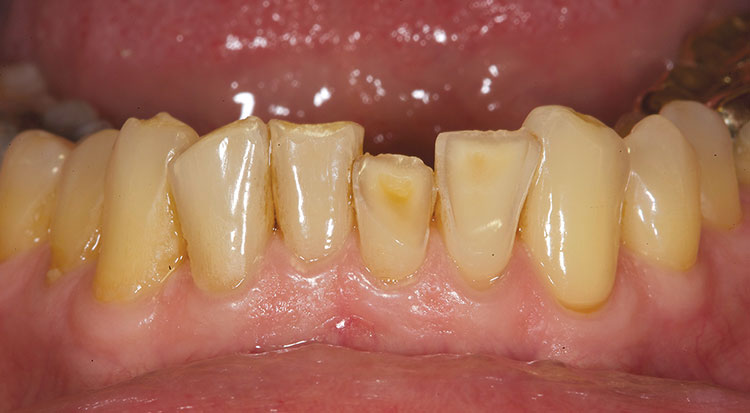Editor’s Letter
Shockingly, as of December 2013, the PFM now makes up a paltry 10% of the crowns that dentists ask us to fabricate. Consider that as recently as 2007, PFMs were just over 65% of the crowns we fabricated in the laboratory. Six years later, PFMs are barely able to hang on to a double-digit percentage of our overall crown production.
For the PFM to drop off that drastically leads me to one conclusion: As much as the PFM has been dentistry’s workhorse for the last 50 years, the average dentist was never that in love with it as a restoration. It served dentists and their patients well, but surprisingly, it didn’t take much for them to start routinely prescribing another type of crown. How else can you explain why dentists would turn from their workhorse restoration so quickly, with little clinical validation to support that decision?
You don’t have to be a dentist for long before you look down one day and see a patient with lower anterior teeth worn down into the dentin and possibly some calcified canals, and you glance up at the opposing teeth to find #7 through #10 are PFM crowns. More specifically, they are PFM crowns with feldspathic porcelain as opposed to metal on the lingual.
So perhaps the question we should be asking is not, “Is the PFM Dead?”, but, “Should We Still Be Using the PFM?” My simple answer is: only when absolutely necessary. I will always place a monolithic restoration rather than a bilayered restoration when I can, and our December 2013 numbers show that many of America’s dentists feel that same way. The true “holy grail” in dentistry is a cast-gold restoration in a shade A2, but until that exists, this new generation of monolithic, high-strength, cementable all-ceramic crowns fills that void more effectively than our old friend, the PFM.

Yours in quality dentistry,

Dr. Michael C. DiTolla
Editor-in-Chief, Clinical Editor
mditolla@glidewelldental.com





